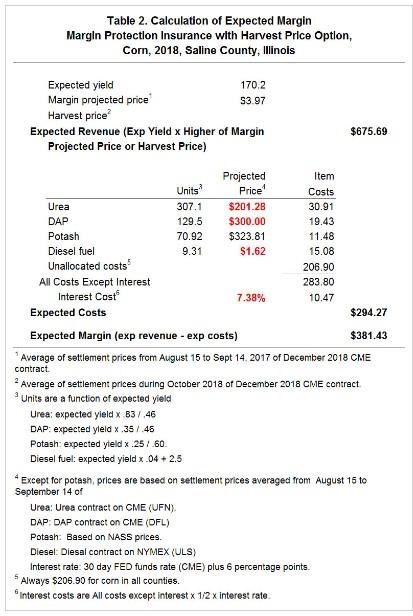By NORMAN MARTIN
A research team from Texas Tech's Davis College of Agricultural Sciences & Natural Resources has received a $650,000 grant aimed at improving beef quality by taking a closer look at the cellular mechanisms that affect the final product that one day hits your grill.
The study will be led by Clarissa Strieder-Barboza, an assistant professor within Davis College's Department of Veterinary Sciences, along with Bradley Johnson from the Davis College's Department of Animal & Food Sciences, Gordon Christopher from the Whitacre College of Engineering's Department of Mechanical Engineering, and Kelly Schultz from the Chemical & Molecular Engineering Department at Lehigh University in Pennsylvania.
“The improvement of beef quality and the production of beef that will consistently score in the upper range of quality grades, will allow farmers to target branded beef programs, thus increasing carcass value and profitability for beef operations,” Strieder-Barboza said.
The three-year project is titled “Unraveling molecular and cellular mechanisms underlying intramuscular, subcutaneous, and visceral adipose tissue growth in beef cattle.” The research project is supported by the intramural research program of the U.S. Department of Agriculture, National Institute of Food & Agriculture, and the AFRI Animal Nutrition, Growth & Lactation Program.
Top grillers know that intramuscular fat, known as marbling in the beef business, is responsible for beef tenderness and flavor. Without fat, beef is dry and has little flavor. As a result, accumulation of fat in the muscle is the primary determination of beef quality grade. However, a challenge the beef industry faces is how to improve marbling without leading to excessive fat accumulation in other parts of the animal.

“Understanding the cellular and molecular differences underlying marbling and subcutaneous and visceral fatness in beef cattle is the first step toward the development of novel herd practices and genetic and pharmacological interventions to improve these traits,” Strieder-Barboza said.
Strieder-Barboza hypothesizes that different cell types and other components of the fat tissue, such as the extracellular matrix (ECM), which holds the fat tissue cells together, affect the way poorly faced fat grows in beef steers. Using in vitro cell culture models of bovine adipocytes (fat cells) and bioengineered models of ECM, Strieder-Barboza and collaborators will define cellular mechanisms by which adipocytes grow in different anatomical locations, and how these cells interact and modify the tissue ECM microenvironment.
“We expect to identify several fat cell progenitors that differ in amount and function between steers with high and low marbling and differentially affect fat tissue ECM, thus allowing for more or less fat accumulation,” Strieder-Barboza said. “Our project will generate novel knowledge for the discovery of cellular targets which can be used for developing interventions to increase marbling and limit fatness in beef steers, and subsequently improve beef quality and industry profitability.”
The AFRI Animal Nutrition, Growth and Lactation Program promotes innovative work in cellular, molecular, genomic and whole-animal aspects of nutrition, growth and lactation. Program priorities focus on: nutrient utilization and efficiency, including influence and impact of the gastrointestinal microbiome, especially mitigation of enteric methane and other greenhouse gases; innovative approaches to feed formulation or use of novel alternative feedstuffs, especially those that may contribute to reducing emission of methane and other greenhouse gases; improving the quality and efficiency of producing meat, milk, eggs, fish, and animal fiber; and metabolic disorders and nutritional deficiencies affecting production.
Source : ttu.edu